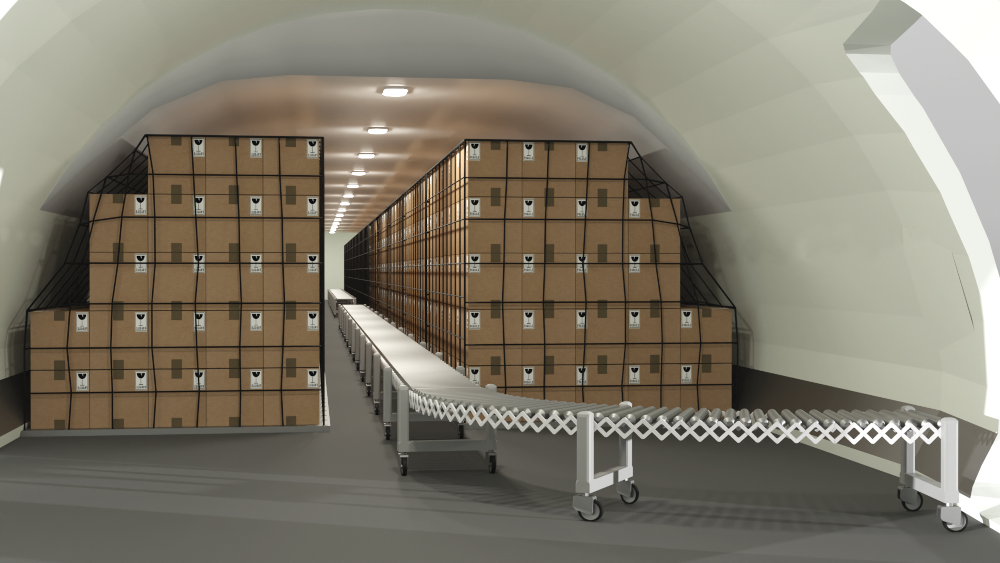
As operators see waiting times of five years or more for full freighter conversion slots, Vallair has introduced the first temporary conversion of an Airbus A330-300 aircraft at its recently built widebody hangar in Chateauroux.
The concept was demonstrated on an A330 formerly operated by Philippine Airlines at the central France location last Friday (July 1) during a ceremony held to mark the recent opening of its new facility, which can accommodate two A330 aircraft, or one A330 and up to three A321s at any one time.
Vallair’s E-class configuration loads cargo onto aircraft via a conveyor belt fitted inside the cargo hold instead of with pallets or containers.
The company, which also operates sites in Luxembourg and Montpellier, expects European Union Aviation Safety Agency approval via supplemental type certificate within the next two months.
The project has been developed as part of a joint investment with France-based Part 145 specialist UUDS, CAMO partner Regio Lease and Deucalion Aviation serving as the asset manager of the first two aircraft to be converted into E-class configuration.
According to Vallair’s founder, president and CEO Grégoire Lebigot, the temporary conversions aim to bridge the gap for operators waiting for in-demand full freighter conversion slots.
He says the project is partly driven by the boom in e-commerce demand and the need for additional cargo lift. The Vallair conversion will take about one month to complete. This compares to passenger-to-freighter conversions, which typically take at least six months, depending on the model.
“Turning the Airbus A330-300 upper deck into a cargo area without installing the large cargo door means that the conversion cost will be just a quarter of the cost compared to a conversion with one,” Lebigot says.
“This solution addresses current market needs and increases the value of the asset because it is completely reversible should the market change,” says Lebigot, who sees the temporary conversion as an alternative solution to traditional freighter conversions rather than a replacement.
“The aircraft can easily be converted back to passenger configuration or transformed into a freighter with a large cargo door in future,” he adds.





